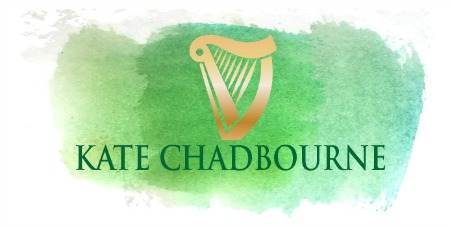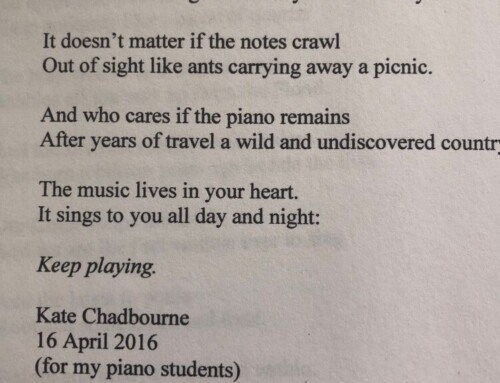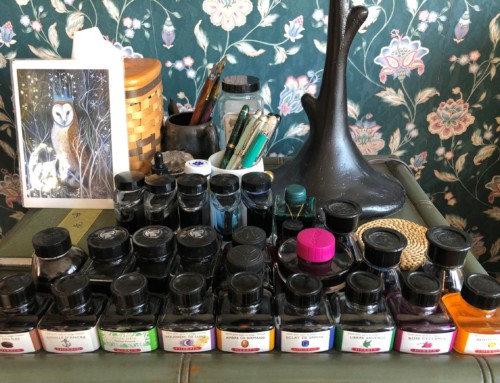I am a baby knitter.
No, I’m not knitting babies (though one day – who knows?).
I’m a beginner, at the wax-on, wax-off stage of learning.
So far, in the space between Christmas and Epiphany, I have knitted three hats. This, in itself, is something of a Christmas miracle. Knitting patterns look a little bit like mathematic equations, and those tend to make my eyes cross and my normally keen intelligence wither like last year’s grapes. Knitting itself has always seemed to me like a combination of a magic trick and a complicated home repair. I wasn’t sure I was up to it.
But I am, it turns out. At least the easy, beginner stuff. My mother gave me a pattern for THE WORLD’S SIMPLEST HAT (that’s not what it’s officially called, but that’s what it obviously is), and since then I have been going gangbusters, knitting away the free minutes, and watching the skein turn into something one might reasonably put on one’s head.
Yesterday, I knitted several inches while chatting on the phone. Oh, I was whirling along, not paying attention, and feeling, if I may be so bold, like a real knitter. Look how fast I am going! Look at how close I am getting to the exciting moment when you decrease the stitches and tie off the hat!
/Insert sound of rapidly deflating balloons./
Look at the mess I’ve made in my distraction. Look at what happens when you confuse a real knitter with a fast knitter!
At once, I tumbled from my tiny pedestal and saw the errors I’d made. Fixing them required ripping out inches and inches of knitting. (That sentence reminds me of my first-year college writing students who, when confronted with the terrible fact that they’d written two or three paragraphs that didn’t fit into the current essay, would wail, “But I WROTE those paragraphs – and they took so long!”). There, in a moment, went the last hours of work and the delicious vista of the finishing line.
I share this story because it evokes that charming beginner mistake so many of us make as we learn new arts and skills: thinking that speed is the hallmark of the “real” practitioner.
Certainly, it can be one hallmark of mastery. I’ve watched skilled knitters (my mother, among them) whose needles fly so swiftly that they seem to conjure a sweater or a pair of perfect socks from the ether right before your very eyes.
But speed is not where we begin, any more than we expect a toddler to outrun the Kenyans in the Boston Marathon.
Striving too soon for speed results in a hash-up like my mucked-up knitting yesterday. I’ve noticed this with some of my Irish students. They listen to recordings of native speakers and quite naturally conclude that “real” speakers speak quickly – and so, seeking to imitate them, they garble a lot of things together and wind up making little sense. And then they have to repeat themselves more slowly anyway!
Piano students do it, too. I did it myself, of course. It’s a parlor trick of sorts: look at my nimble fingers! Look how fast I can play this! Look, I’m getting really good here!
Alas, at least at first, the more speed, the less musicality – to say nothing of accuracy.
And yet.
And yet!
It is wonderful to play yourself right off a cliff and find yourself, like a cartoon character, laughing at the bottom.
It is wonderful to road-test your mouth for language that sounds natural and native.
And it is wonderful to stretch your limit as a knitter by going too fast. It is actually wonderful to have to rip the thing out and to peer into the architecture of the knots to figure out how they attach to the needles.
In some ways, this is a charming beginner mistake we make when we’re ready for the next level and eager to bring it into being. It attests to the distance we’ve come already, however short, and also to our desire to keep going.
As teachers of the arts, we sometimes watch someone making this mistake and feel that they’re trying to run before they can walk. We think, “Just take this in the little steps I’m giving you and you’ll make progress.” We sometimes say or think things like, “There are no shortcuts.”
But that assumes that learning is a straight path – and anyone who has ever learned anything (which is everyone) knows that’s not the case. It’s a mysterious road with ups and downs and sudden turns, and yes, it certainly includes shortcuts.
One shortcut is indeed trying on speed before we’re ready. And it’s a remarkably effective shortcut if we’re willing to do two things:
- Learn what we can from our speed-driven mistakes.
- Keep going! Keep alternating between walking and running, between focused care and muscle memory, between accuracy and speed. Keep exploring and finding the way.
As learners, we’re excited. We want to sit at the grown-up table. We want to keep pace with the Kenyans! We love this new thing and we want to really do it. So we stretch and brag a little (at least in our heads). Then, we run off the cliff, have a good laugh, and pick ourselves up to start again.
This morning, my fledgling hat is back on track. I learned a lot from my mistake. It will be another few hours before the exhilaration of tying the last six stitches together at the crown and donning my new purple hat.
This time, I’ll focus on my work and do it slowly.
Or I won’t – and I’ll make the charming beginner mistake all over again. Ah, well.





